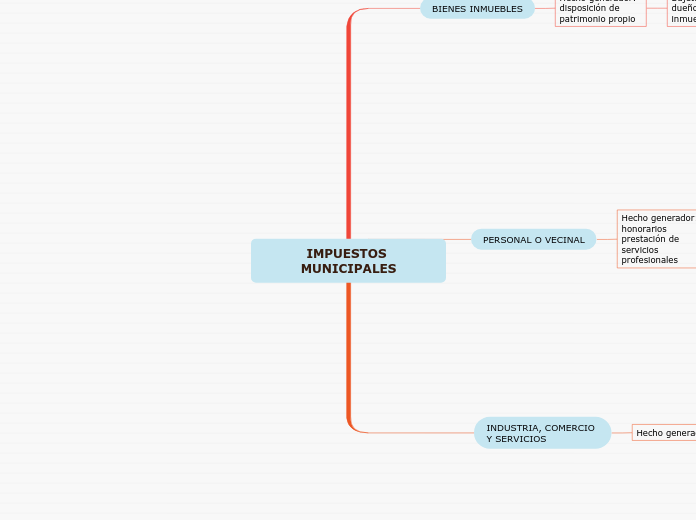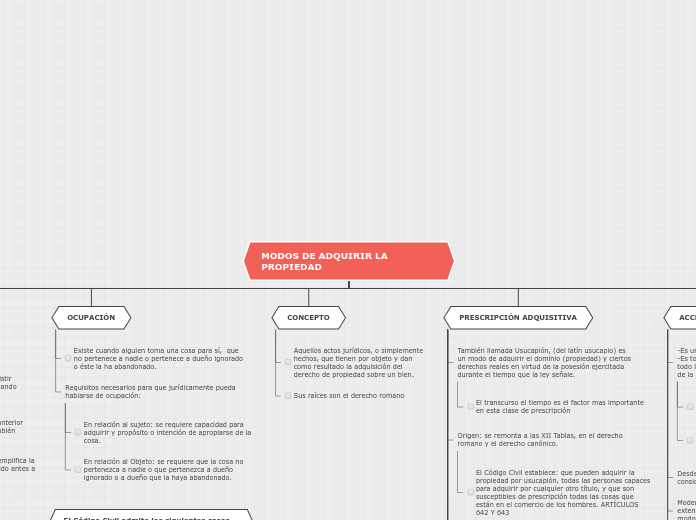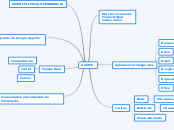EJEMPLO: María es dueña de una casa en el área urbana de Tegucigalpa el valor catastral de la casa de María es de un millón quinientos mil lempiras exactos (L1,500,000.00).
hecho generador: casa en patrimonio
sujeto pasivo: María
Tarifa: 1,500,000.00 / 1,000= 1,500 x 1.50= 2,250
la tarifa seria de 2,250 lempiras
EJEMPLO: Pablo Pérez es abogado y tiene un bufete denominado Pérez & asociados. pablo en declaración jurada ante órgano competente manifestó que en el ultimo año obtuvo un ingreso personal de 360,000.00 lempiras gracias a sus servicios profesionales que presta como abogado.
Hecho generador: prestación de servicios profesionales como abogado
sujeto pasivo: abogado Pablo Pérez
Tarifa: 360,000.00 /100= 360
360x 5.25= 1,890
la tarifa que deberá pagar Pablo Pérez es de 1,890 lempiras
EJEMPLO: José María Gutiérrez es dueño de un casino en Choluteca el cual obtuvo un ingreso anual de 120,000.00 lempiras
Hecho generador: Casino
Sujeto pasivo: José María Gutiérrez dueño del casino
tarifa : 120,000.00/1,000= 120
120x0.15 =18 lempiras total de tarifa
IMPUESTOS MUNICIPALES
To name your story, you have to think about the overall message and what you want your audience to understand from the story. Also, make it relevant and easy to remember.
INDUSTRIA, COMERCIO Y SERVICIOS
The ending of a story is essential. We all know that if the ending is weak, what happened before loses its importance. So make it unpredictable, but fair. A resolved ending answers all the questions and ties up any loose threads from the plot.
Hecho generador: CASINO
This is the closure section of the story.
See examples of possible outcomes below:
- all problems have been solved
- it's clear how each one of your characters ends up
- your main character is transformed by the challenge
Sujeto pasivo: dueño del casino
Try answering these questions to come up with a closure:
- Have all the problems been solved?
- Is there a clear picture of what happens with each character in the story?
- Has the challenge transformed your main character?
- How do the characters feel in the end?
de L. 0.01 a L. 500.000.00 L.0.30 por millar
de L. 500.000.01 a L.10,000.000.00 L.0.40 por millar
de L.10,000.000.01 a L.20,000.000.00 L.0.30 por millar
de L.20,000.000.01 a L.30,000.000.00 L.0.20 por millar
de L.30,000.000.01 a en adelante L.0.15 por millar
No se computarán para el cálculo de este impuesto el valor de las exportaciones de
productos clasificados como no tradicionales.
EJEMPLO: José María Gutiérrez es dueño de un casino en Choluteca el cual obtuvo un ingreso anual de 120,000.00 lempiras
Hecho generador: Casino
Sujeto pasivo: José María Gutiérrez dueño del casino
tarifa : 120,000.00/1,000= 120
120x0.15 =18 lempiras total de tarifa
PERSONAL O VECINAL
The middle of the story is where you add layers of complications that will lead to the end. Reveal more about the character's journey. Did their personality go through changes? How did they overcome the challenges? And as you build up the story’s central conflict, make it more personal to that character. Also, from the middle act, you have to lead into the final act.
Hecho generador: honorarios prestación de servicios profesionales
There wouldn't be any tension and excitement in your story if there weren't any obstacles in your character's way.
Sujeto pasivo: Profesional que presta servicios
A story is nothing more than a character overcoming a series of difficulties to reach the desired goal. Obstacles usually create suspense and conflict. In overcoming obstacles, there is growth: weak becomes strong; hatred turns into love; sadness into happiness; wrong into right; lies into truth; or evil becomes good.
See a few examples below:
- stopping a meteor
- finding a killer
- finding love
TARIFA:Para el cómputo de este impuesto se aplicará la tarifa siguiente:
DE HASTA RANGO impuesto impuesto
1.00 5,000.00 5,000.00 1.50 7.50 7.50
5,001.00 10,000.00 5,000.00 2.00 10.00 17.50
10,001.00 20,000.00 10,000.00 2.50 25.00 42.50
20,001.00 30,000.00 10,000.00 3.00 30.00 72.50
30,001.00 50,000.00 20,000.00 3.50 70.00 142.50
50,001.00 75,000.00 25,000.00 3.75 93.75 236.25
75,001.00 100,000.00 25,000.00 4.00 100.00 336.25
100,001.00 150,000.00 50,000.00 5.00 250.00 586.25
150,001.00 En Adelante 5.25 Hacer Cálculo El cálculo de este impuesto se hará por tramo de ingreso y el impuesto total será la suma de las cantidades que resulten en cada tramo.
EJEMPLO: Pablo Pérez es abogado y tiene un bufete denominado Pérez & asociados. pablo en declaración jurada ante órgano competente manifestó que en el ultimo año obtuvo un ingreso personal de 360,000.00 lempiras gracias a sus servicios profesionales que presta como abogado.
Hecho generador: prestación de servicios profesionales como abogado
sujeto pasivo: abogado Pablo Pérez
Tarifa: 360,000.00 /100= 360
360x 5.25= 1,890
la tarifa que deberá pagar Pablo Pérez es de 1,890 lempiras
BIENES INMUEBLES
In the beginning of the story (or the exposition), you will need to introduce the setting and characters. You might also want to introduce the main conflict. This part of the story is important because it gives the reader necessary background information and maybe even a first insight into a character’s personality.
Hecho generador: disposición de patrimonio propio
The setting (time & place) of a story can change throughout the plot.
Sujeto pasivo: dueño del inmueble
Your story can take place wherever your imagination will take you to.
For example: in an elevator, in an enchanted forest, etc. Don't forget to give details of the environment each time the setting changes, otherwise, the story can be confusing. Also, mention the seasons as each of them has unique weather and events.
TARIFA: de hasta L.1.50 por millar, tratándose de bienes inmuebles urbanos y de 2.50 si el inmueble es de uso comercial y de
L.1.50 por millar, en caso de inmuebles rurales.
EJEMPLO: María es dueña de una casa en el área urbana de Tegucigalpa el valor catastral de la casa de María es de un millón quinientos mil lempiras exactos (L1,500,000.00).
hecho generador: casa en patrimonio
sujeto pasivo: María
Tarifa: 1,500,000.00 / 1,000= 1,500 x 1.50= 2,250
la tarifa seria de 2,250 lempiras










